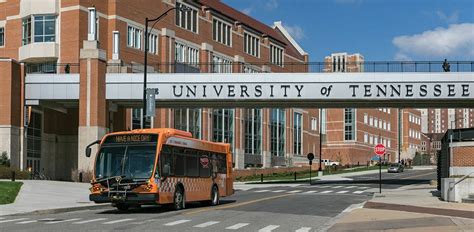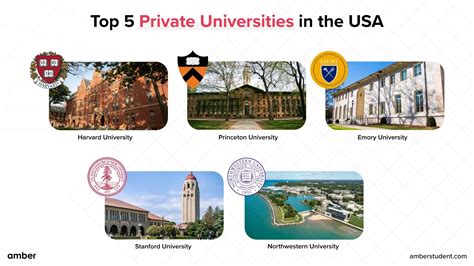Understanding the Key Differences

1. Tuition and Fees
-
Private colleges: Typically charge significantly higher tuition and fees than public colleges. According to the College Board, the average annual cost for tuition and fees at private four-year colleges is $32,410, compared to $9,970 at public four-year colleges.
-
Public colleges: Receive government funding, which subsidizes tuition and fees. As a result, public colleges are generally less expensive than private institutions. However, the cost of public college can vary widely depending on the state’s funding levels.
2. Class Size and Student-to-Faculty Ratio
-
Private colleges: Often have smaller class sizes and a lower student-to-faculty ratio than public colleges. This can lead to more individualized attention from professors and a more intimate learning environment.
-
Public colleges: Typically have larger class sizes and a higher student-to-faculty ratio. However, many public colleges offer specialized programs or honors classes with smaller class sizes.
3. Faculty and Research
-
Private colleges: Often have a higher concentration of highly qualified faculty with a strong research focus. This can provide students with access to cutting-edge research and opportunities for hands-on learning.
-
Public colleges: May have a more diverse faculty with a balance of research and teaching experience. Public colleges often place a greater emphasis on community engagement and outreach.
4. Campus Life and Amenities
-
Private colleges: Often offer a more luxurious campus experience with modern facilities, manicured grounds, and a range of amenities. This can include residence halls, dining services, fitness centers, and student organizations.
-
Public colleges: May have larger campuses and a more diverse student body. Public colleges often offer a wide range of student organizations, athletic programs, and community events.
5. Location and Size
-
Private colleges: Are often located in smaller towns or suburban areas, providing a more intimate and cohesive community.
-
Public colleges: Are typically located in larger cities or urban areas, offering access to a wider range of cultural and recreational opportunities. They also may have larger campuses and a more diverse student body.
Choosing the Best Fit
The decision between private and public college is a personal one that depends on individual needs and preferences. Consider the following factors:
-
Budget: Determine how much you and your family can afford to spend on college. Private colleges may be more expensive, but they also may offer financial aid packages.
-
Academic goals: Consider your academic goals and whether you prefer a more individualized or research-focused environment.
-
Campus life: Decide what type of campus experience you are seeking, taking into account factors such as size, location, and amenities.
-
Career aspirations: Research the career paths you are interested in and determine which type of college will best prepare you for your future.
-
Personal preferences: Ultimately, the best choice for you is the college that feels like the right fit for your personality and lifestyle.
Useful Tables
| Feature | Private Colleges | Public Colleges |
|---|---|---|
| Tuition and Fees | Typically higher | Typically lower |
| Class Size | Smaller | Larger |
| Student-to-Faculty Ratio | Lower | Higher |
| Faculty and Research | Strong research focus | Balance of research and teaching |
| Campus Life | Luxurious | More diverse and community-oriented |
| Location | Often in smaller towns or suburban areas | Often in larger cities or urban areas |
Tips and Tricks
- Visit both private and public colleges to get a firsthand experience of the campus and atmosphere.
- Talk to current students and faculty to gain insights into the academic and social environment.
- Research the specific programs and majors offered by each college to ensure they align with your interests.
- Consider your financial situation and explore scholarship and financial aid options.
- Don’t hesitate to ask for help from guidance counselors, college admissions officers, or other trusted adults who can provide support and guidance.
Common Mistakes to Avoid
- Choosing a college based solely on its reputation or prestige.
- Assuming that all private colleges are better than all public colleges.
- Overlooking the financial implications of attending a private college.
- Not researching the academic programs and faculty at the colleges you are considering.
- Ignoring your own personal preferences and needs when making your decision.
Conclusion
Deciding between private and public college is a significant decision that requires careful consideration. By understanding the key differences between the two types of institutions, you can make an informed choice that aligns with your individual goals, preferences, and budget.
